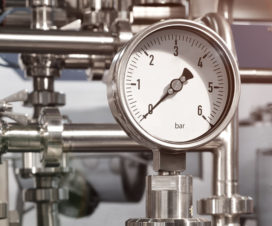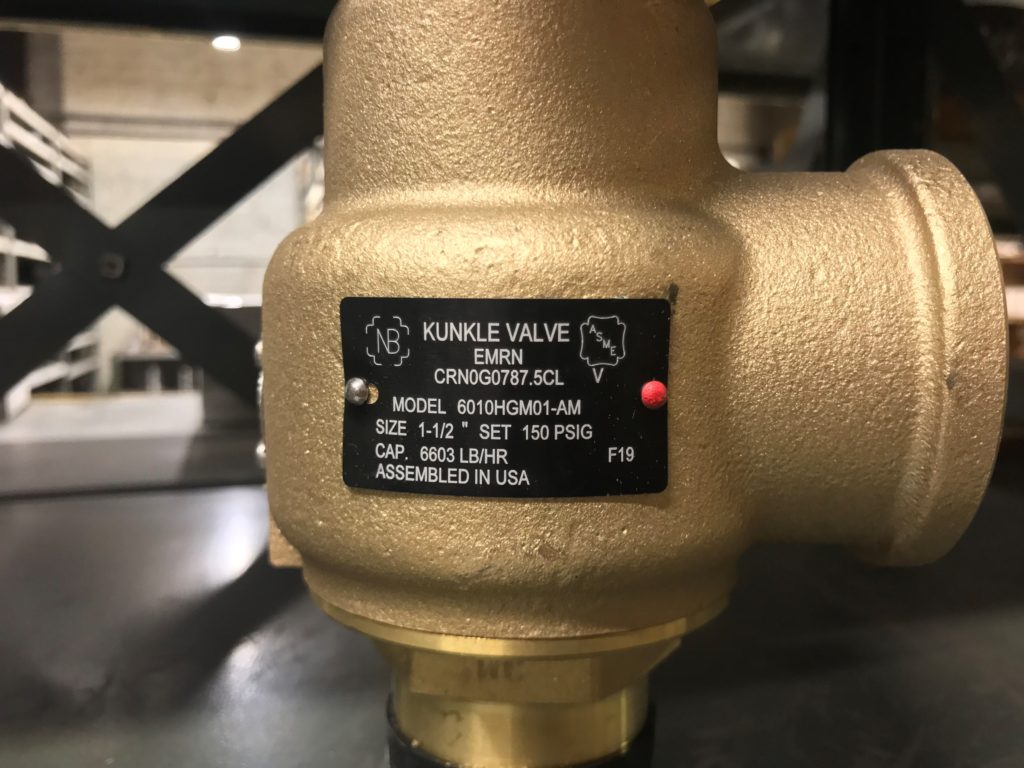
The plate mounted on the side of your Kunkle valves is small yet mighty — it’s full of concise information that can help inform your next purchase decision or develop plans for new processes. But like most data snapshots (think the jargon on your “About this Mac” or “About my PC” window), it’s not always clear what everything means.
So here we’re going to break down the meaning behind all the numbers, letters, and stamps on your Kunkle valve nameplate.
ASME Stamp
The ASME stamp is typically in the top corner of your nameplate. This stamp means that the valve has been assembled and set to meet the standards of a specific ASME code section. In this example, the valve has a “V” stamp. That indicates the valve is certified for an ASME Section I application.
There are two other stamps you’ll typically find on a Kunkle valve, too.
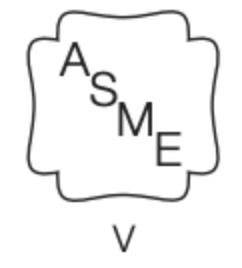
V Stamp: Applies to ASME Section I Valves
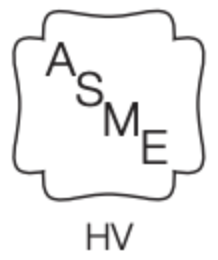
HV Stamp: Applies to ASME Section IV Valves
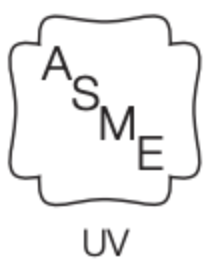
UV Stamp: Applies to ASME Section VIII Valves
What ASME Sections I, IV, and VIII Mean
- Section I covers fired pressure vessels, usually a boiler.
- Section IV covers low pressure steam boilers and hot water heating boilers.
- Section VIII covers unfired pressure vessels, or anything that isn’t a boiler.
There are a couple of reasons why your nameplate might not include an ASME stamp.
- Some Kunkle valves are non-coded by design, often for liquid applications that don’t require an ASME certified valve (e.g. Models 19, 20) or for vacuum service (Model 215V).
- The ASME codes don’t cover relief valves with set pressures below 15psi. For example, a steam valve set to 14psi would not carry a code stamp.
For more information on these codes, check out ASME’s 2019 Boiler and Pressure Code brochure.
NB Stamp
On the top of your nameplate, you’ll notice an NB stamp, which is associated with the National Board of Boiler and Pressure Vessel Inspectors. If your pressure relief valve bears the NB stamp, it means it has a relief capacity certified by the NBBPVI in accordance with NB-501. Most Kunkle valves have certified capacities.
Product and Manufacturer Name
Often located near the top of the plate, and in this example, directly to the right of the NB stamp, you’ll notice the manufacturer and assembler name. This particular valve has been set by the factory, which makes Emerson (“EMRN”) the assembler.
Note: The value directly below the product and manufacturer names beginning with “CRN” is the Canadian Registration Number and will not be present on all Kunkle Valves.
Model Number
Your valve’s nameplate also contains the model number, which is extremely useful for when you need to reorder the same valve. In this case, the model number is 6010HGM01. The first two to four digits are generally the series or model the valve belongs to — here, 6010.
Service
In most cases, the letter indicating service will be somewhere further along in the model number. However, this letter could be in various positions depending on the valve series, making it tricky to recognize. For the most accurate information, check the product catalog of your valve series.
In the case of our example valve, the letter following the “-“ in a 6010 model number gives you the service.
Some common examples are:
- A — ASME Section I steam (on-boiler, 3%)
- L — ASME Section VIII steam (off-boiler, 10%)
- K — ASME Section VIII air
This particular valve is manufactured in accordance with ASME Section I for steam service.
Size
The size on the nameplate will tell you the nominal pipe diameter of the inlet (the connection on the bottom of the valve), which is 1 ½” in the case of this valve.
Set pressure
To the right of the size on this nameplate is the set pressure, which is 150 psig (pounds per square inch gauge). So in this pressure relief valve’s case, it will open as soon as it detects 150 psig at the inlet of the valve.
Rated capacity
On Kunkle nameplates, the rated capacity is abbreviated as CAP. This value needs to meet or exceed your required capacity. In other words, the valve you purchase must be able to relieve pressure at least as quickly as your system’s worst-case overpressure scenario can generate it.
For another example of how to read a Kunkle nameplate, check out this short clip.
—
Knowing what all of these values and stamps mean is incredibly helpful when you’re reordering the same part. In most cases, you can just provide your distributor with the model number and be on your way! But if you need assistance specifying a valve for another application, or even to improve your current process, check out this article or give our experts a call at (314) 665-1741.


